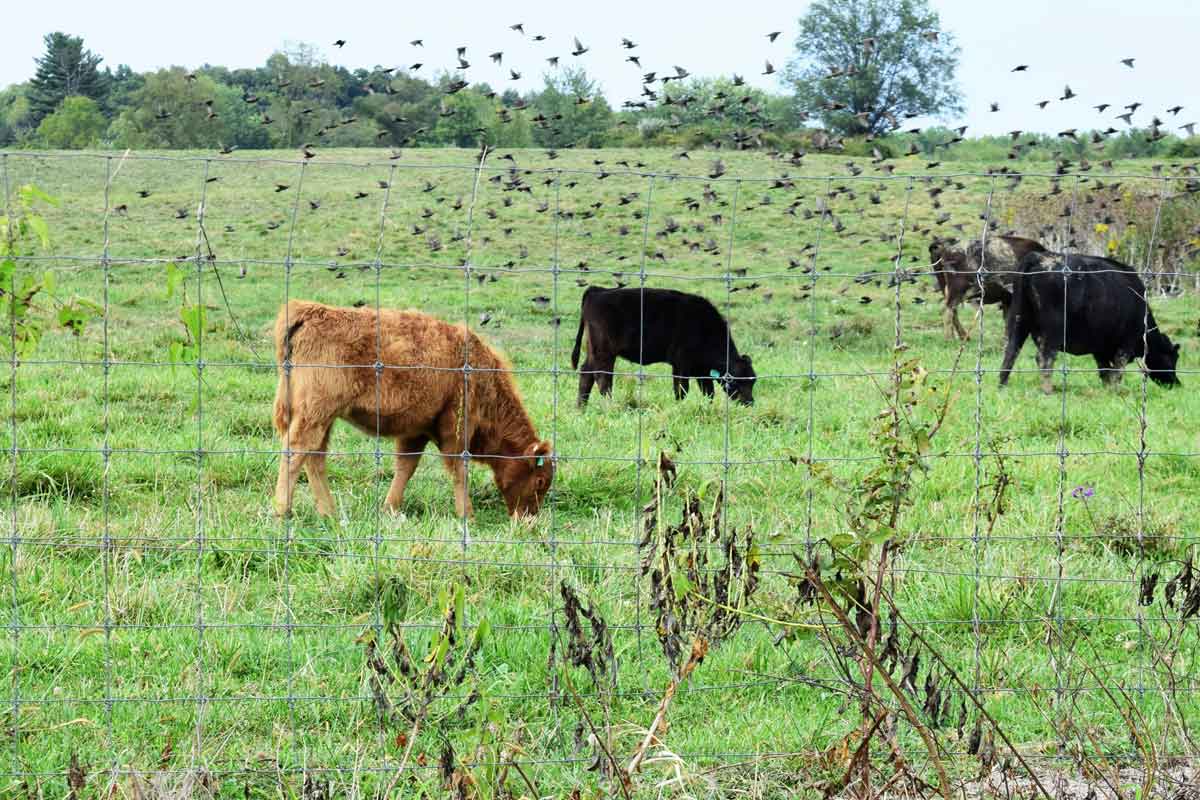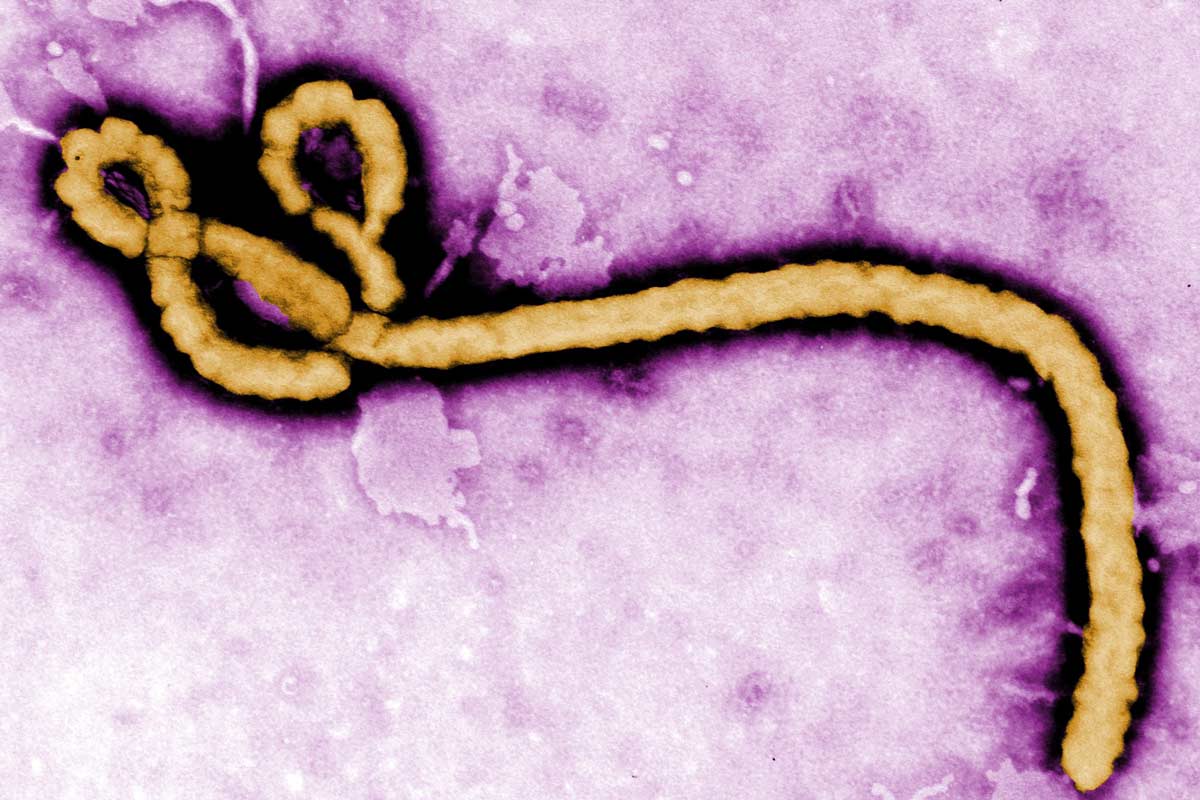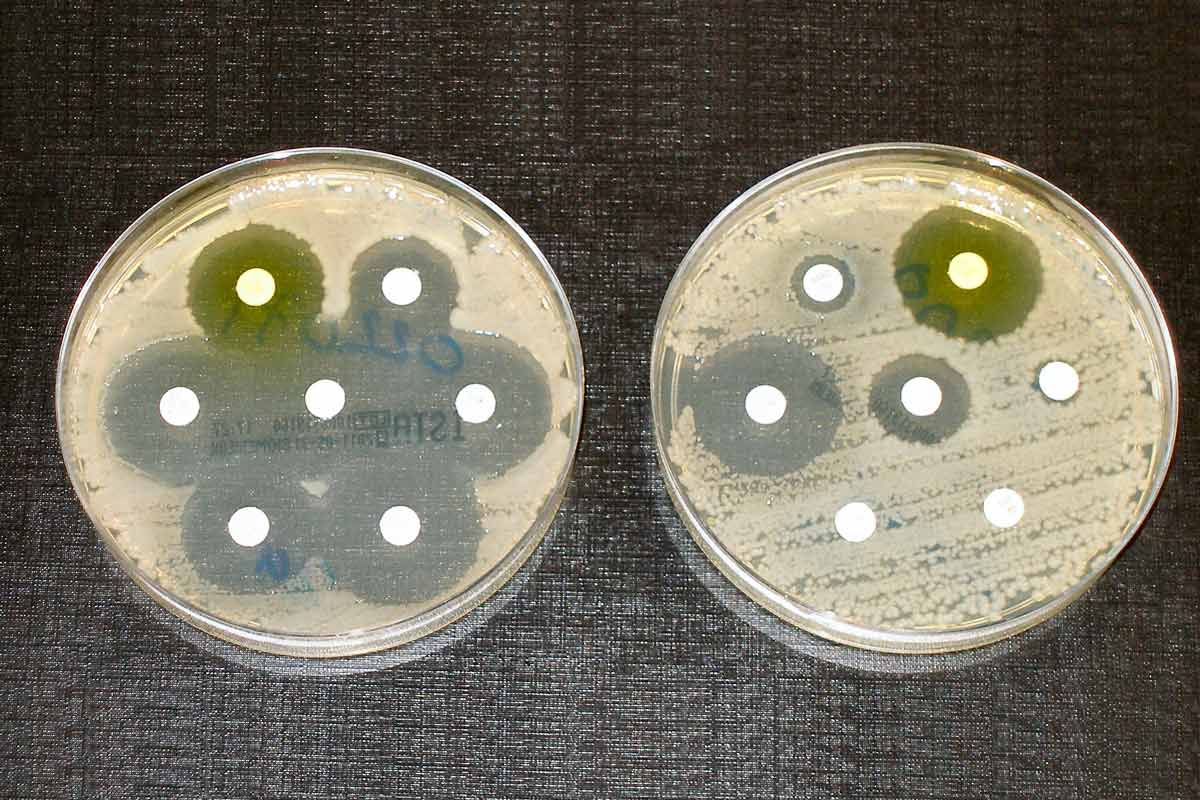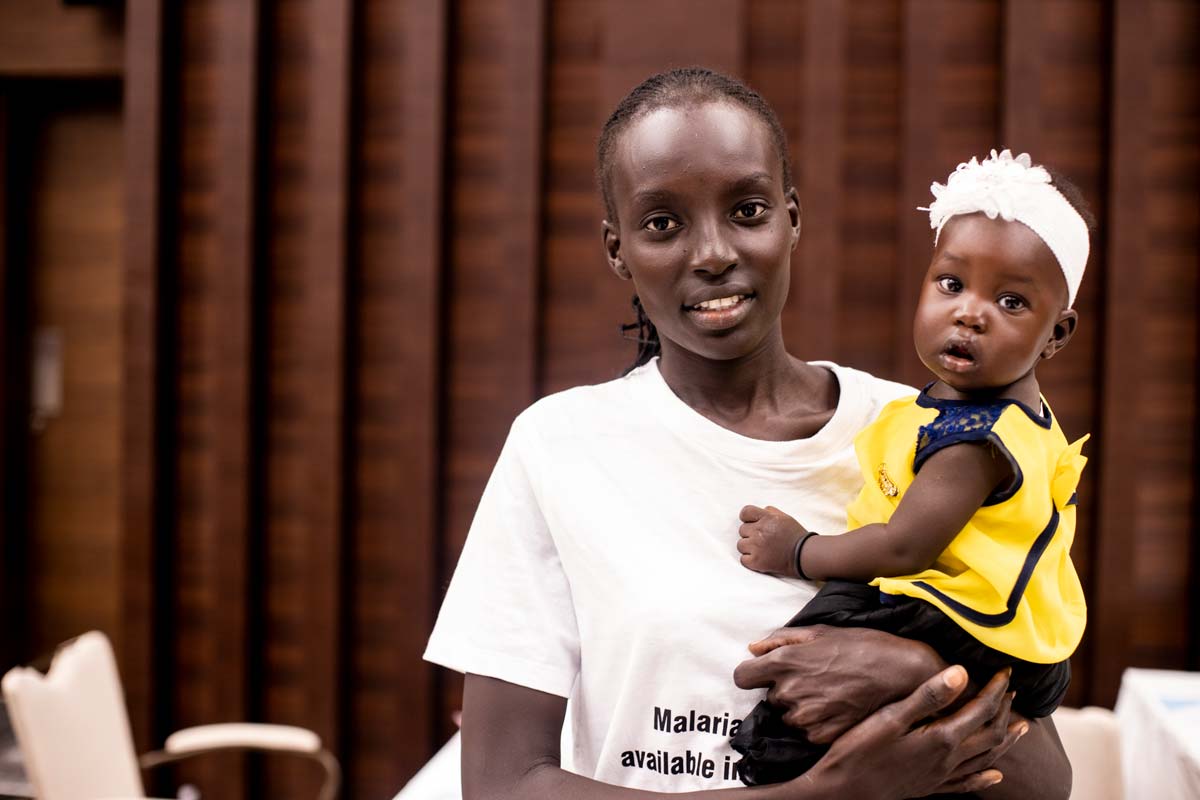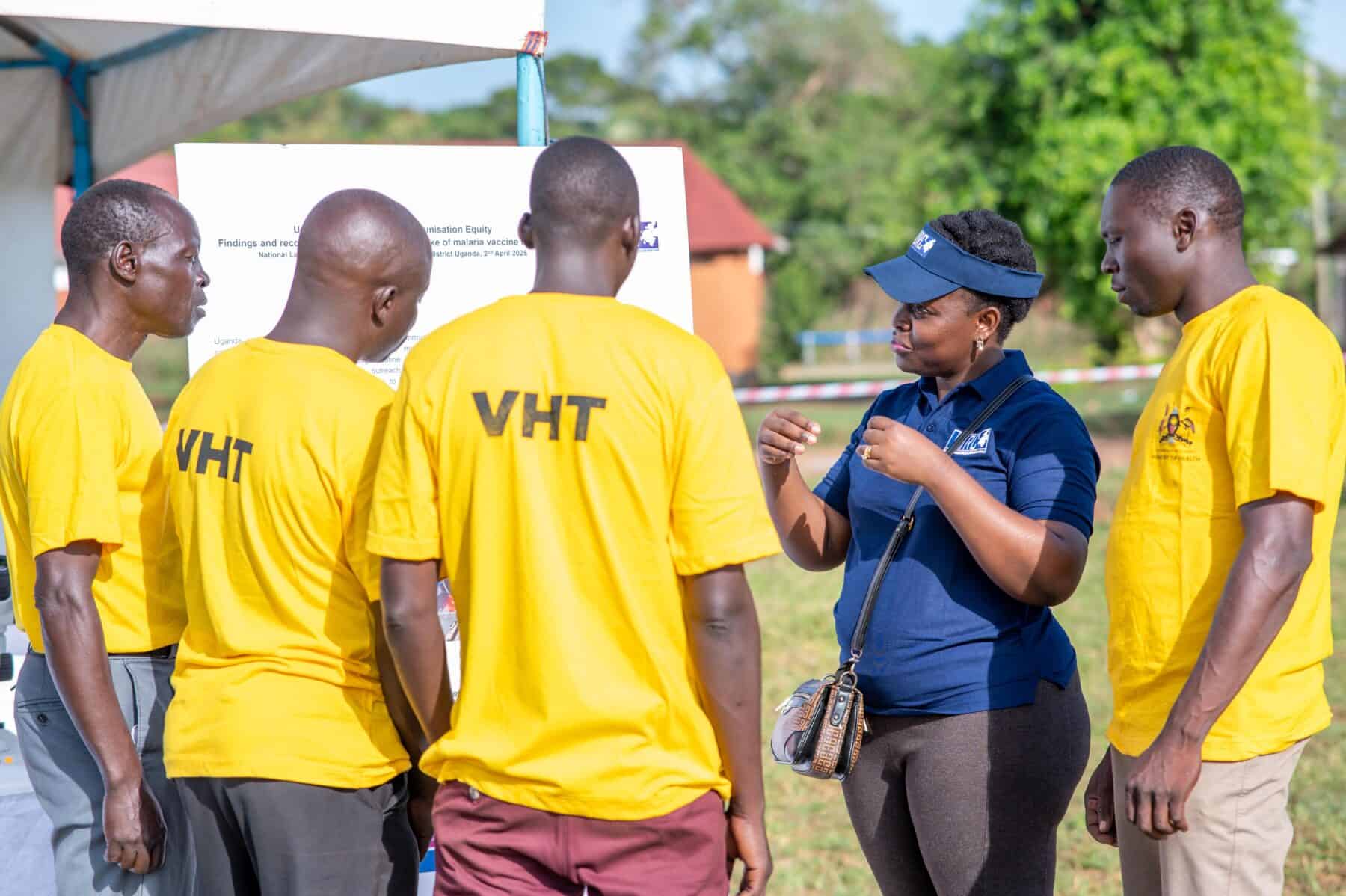What COVID-19 is teaching us about human milk and antibodies
Dr Rebecca Powell is on a quest to understand the immune response to infection and vaccination in breastmilk, in the hope of designing maternal vaccines to boost babies’ protection against disease.
- 28 October 2021
- 7 min read
- by Linda Geddes

Which antibodies get into breastmilk, and why are they important?
Milk contains the same types of antibodies that are in blood, but the proportions are different. The dominant antibody in blood is immunoglobulin G (IgG), but in milk it’s immunoglobulin A (IgA). Most of this exists in what’s called secretory IgA form, meaning it is wrapped up in an additional protein that protects the antibody against acidic environments or enzymatic degradation in the milk itself, and the baby’s mouth and gut.
If we could design vaccines that could trigger a strong secretory antibody response in milk, we would really be focusing on breastfed babies, and how to best protect them passively by their mothers getting immunised before they’re old enough to get immunised themselves.
These milk antibodies can bind to pathogens in the baby’s environment such as viruses and block them from infecting, or at least reduce their ability to infect, the baby’s cells. They also come into contact with mucosal surfaces – those lining the baby’s mouth, upper respiratory and digestive tracts – where the milk passes through. They can stick to these surfaces and help the baby’s cells to perform certain immune functions that can also kill viruses.
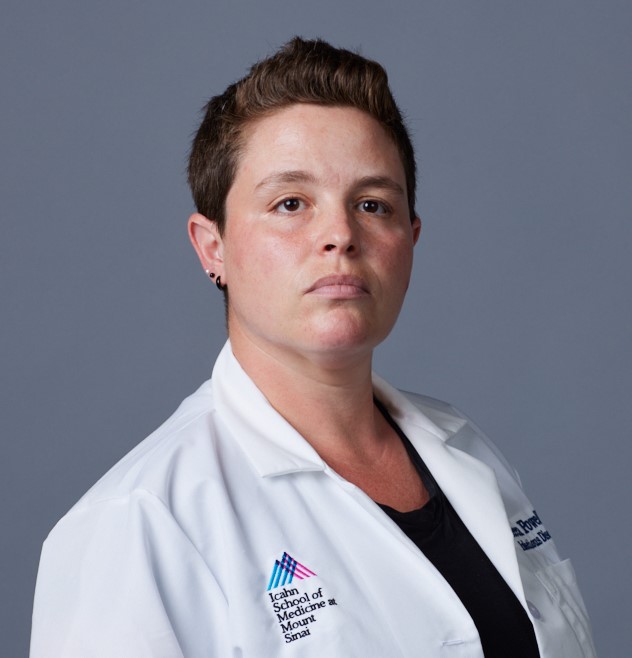
How long do they remain there?
Generally speaking, it’s in the order of hours, because the antibodies degrade over time and are washed away, so they need to be continuously replenished. This is why exclusively breastfed babies are likely to have the greatest protection from these antibodies, as opposed to children who are getting a couple of ounces of breastmilk in a whole day. But studies have found that even after two hours in the stomach, which is highly acidic, about 60 to 70% of secretory IgA is still able to bind to whatever it recognises.
How important is the transfer of these antibodies in breastmilk to the health of the infant?
It really depends on the context. In situations where you have easy access to sophisticated medical care and hygiene, the difference these antibodies make to a breastfed baby’s health versus that of a formula-fed baby are much harder to measure. But in low and middle-income countries, the difference can be life and death – particularly in terms of the protection these milk antibodies provide against diarrhoeal diseases and severe respiratory diseases. Breastmilk is a lifesaving form of nutrition in many parts of the world.
Do vaccine-generated antibodies cross into breastmilk?
Milk immunology is a relatively understudied area. Those studies that have been done, on influenza vaccine or diphtheria, tetanus and pertussis (DTaP) vaccine for example, have generally looked at levels of IgA and IgG in the milk at just a single time point after vaccination – usually when the baby is three or six months old – but not really looking at later stages of lactation. They have suggested that, generally, you do see positive levels of antibody in the milk after these vaccinations, but there are no studies that specifically look for secretory antibodies in the milk after vaccination.
Have you read?
What do your recent studies of women who have received a COVID-19 vaccine suggest?
So far, we have only looked at the three vaccines that have been licensed in America – the Pfizer/BioNTech and Moderna mRNA-based vaccines, and the J&J vaccine, which is a viral vector-based vaccine. We have found that, particularly after an mRNA-based vaccine, the levels of antibody in the milk two weeks after completion of the two-dose regimen are quite high, particularly IgG antibodies, which is the class that typically dominates in blood. There are a lot of capillaries in the mammary glands, so we think they’re coming into the milk from the blood. We do see IgA, but at more moderate levels, and again, likely coming in from the blood, rather than through the pathway that makes secretory IgA, as you would get after a natural infection.
The IgG in blood is highly neutralising and protective, and it is going to have that same function in the milk, blocking infection. The question is, will it still be protective because it doesn’t have that secretory component and therefore isn’t going to last as long? My hypothesis is that there’s so much IgG in the milk compared to normal circumstances, that this probably overcomes the fact it degrades more quickly. But we’re not directly studying this in these babies.
Are all the COVID-19 vaccines equally good at getting antibodies into the breastmilk?
The two mRNA vaccines are quite similar in terms of the high level of IgG that gets into milk, and they also make some IgA – including some secretory IgA.
One important thing we’ve found is that the J&J vaccine produces far lower levels of antibody in the milk. It’s probably because the milk effect really depends on there being a lot of antibodies in your blood, and we know that the level of antibody that’s produced by the RNA vaccines is extremely high.
You don’t necessarily need that much antibody for it to protect you from infection and we know that the J&J vaccine is effective in terms of protecting the mom against COVID-19. But is it making enough of a response to translate through to the milk? The answer seems to be no, not really, and that’s very important, because there's a huge lactating population that’s going to be getting these vaccines globally, and they’re all going to be getting different ones.
We hope to have some data on the AstraZeneca vaccine very soon. I’m not sure what we’ll find because it is different to the single dose J&J vaccine, and to double-dose RNA vaccines. But it’s very important to compare all the vaccines, because that has not been done, and it doesn’t seem to be a priority as part of these clinical trials.
Are there any other implications?
I think this really highlights the need to design vaccines with the lactating person in mind. If we could design vaccines that could trigger a strong secretory antibody response in milk, we would really be focusing on breastfed babies, and how to best protect them passively by their mothers getting immunised before they’re old enough to get immunised themselves. This is the case with COVID-19, but it also has broad applications in terms of vaccine design for other infectious diseases. For example, babies under one year of age are highly susceptible to dying from flu, so having a very effective flu vaccine that would also produce secretory antibody milk would be really amazing.
Respiratory syncytial virus (RSV) is another big killer of infants all over the world, and it is very difficult to immunise young, young babies effectively. It would be much easier to immunise the mom and to have her have very protective antibodies in her milk.
One of my big research interests is the idea of having a therapeutic maternal vaccine for HIV where, for women that are HIV-positive already, and in low-income countries where they're still advised to breastfeed, they might produce elevated levels of secretory IgA in their milk so that their babies could be virtually 100% protected from getting the virus through breastfeeding.
What about using antibodies from breastmilk to protect adults?
My lab is exploring extracting IgA from the milk of people who are infected with COVID-19 to use as a therapeutic for anybody who has been infected and is at very high risk. It could be an incredible therapy, because the secretory IgA is meant to be in these mucosal areas lining e.g., the respiratory tract, and it survives and functions very well there. You could imagine that if it was used in a nebulizer-type treatment, it might be very effective during that window where the person has got quite sick, but is not yet at that point where they need to be intubated and given breathing support.
